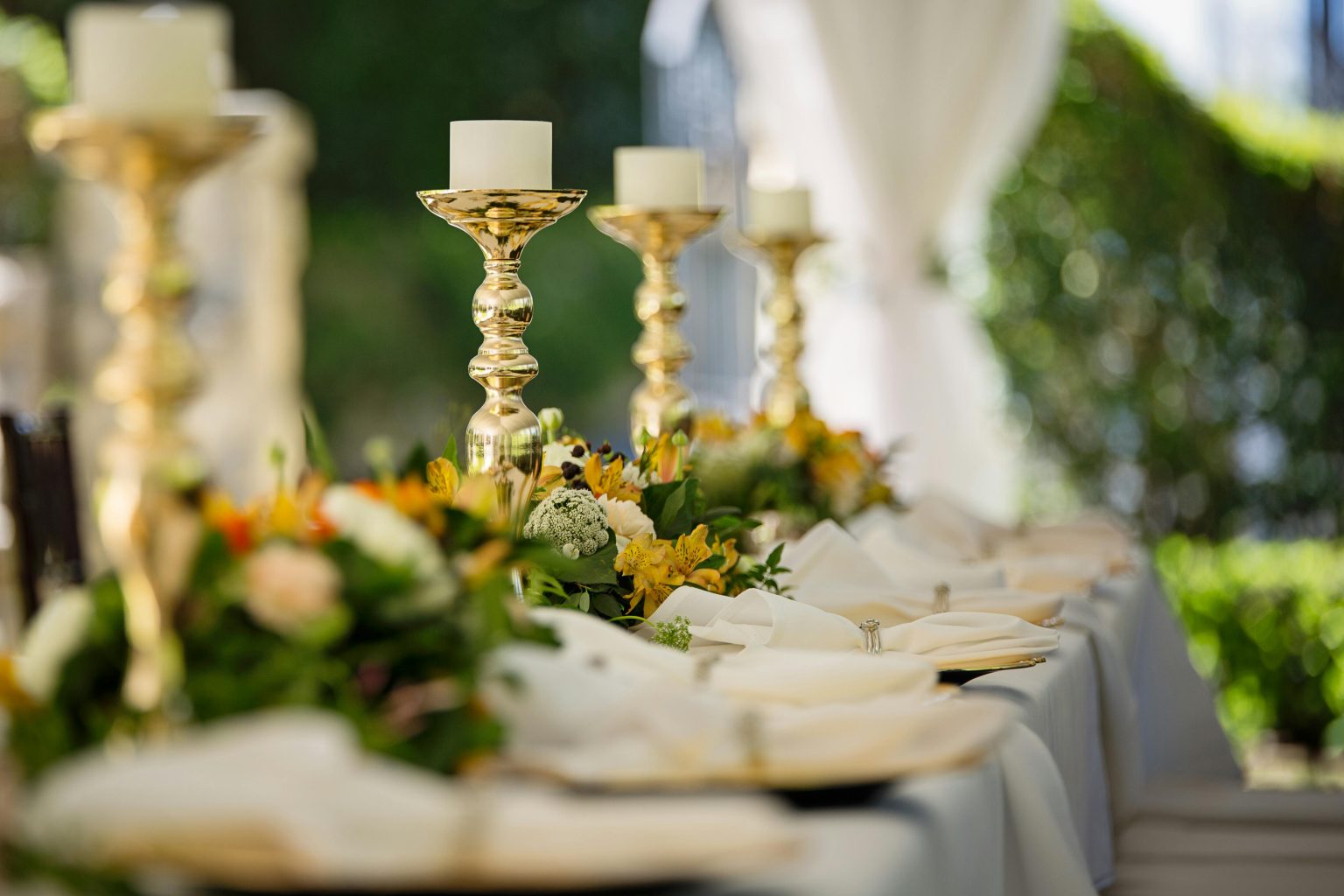When guests step into a fine dining restaurant, they expect more than a delicious meal. They come for the full experience, the lighting, the ambiance, the service, and most importantly, the presentation. While much attention is given to the chef’s skill and how the food is plated, one essential element often gets overlooked: the table itself. The table isn’t just a background object, it is the stage where the culinary performance plays out.
Everything from the surface material to the table’s color and shape plays a role in how food is perceived. As fine dining continues to evolve, the table has become a design element that sets the tone long before the first bite. Many top restaurants now use restaurant tables as part of their visual storytelling. With most guests forming a first impression within seconds, that surface under the plate can influence how the meal is remembered. Interestingly, a high number of diners admit that the look of a dish affects their enjoyment, and some are even willing to pay more for visually striking meals. Tables, often seen in social media snapshots of meals, have quietly become key players in shaping public opinion and guest expectations.
The Table as a Canvas: Enhancing the Plate’s Visual Impact
No matter how beautifully a dish is plated, it needs the right canvas to truly shine. A smooth, clean table allows the colors and textures of food to pop without distraction. When the table color contrasts well with the plate, it draws the eye to the meal and makes each component stand out.
Certain materials naturally enhance the look of a plate. Marble and dark wood provide an elegant background that subtly elevates the food. Circular tables help center the plate, creating balance and visual harmony. Some restaurants deliberately choose textured table surfaces to frame their dishes, creating a gentle contrast that guides the diner’s focus.
Using neutral tones helps keep attention on the food itself. Tables made of glass or with highly reflective surfaces can interfere with how dishes are viewed, especially when they’re intricate or multi-layered. How the items are spaced also matters. Guests subconsciously assess the care put into the layout, and a thoughtful setup can increase their appreciation of the food. When the setting doesn’t compete with the dish, the chef’s creativity takes center stage.
Materials and Mood: The Emotional Role of Table Design
Material choice speaks volumes about the dining experience. Wood suggests comfort and tradition, while stone sends a message of strength and refinement. Matte finishes reduce light glare, allowing the food to be viewed clearly and without visual interference.
High-end tables often reflect the restaurant’s level of attention to detail. Subtle features such as carved edges or smooth finishes offer more than just looks, they create an emotional response. Heavier tables bring a feeling of stability and grandeur, which can subtly boost the perceived value of the meal. A carefully finished table helps create a calm and collected dining environment, which guests often interpret as a sign of excellence.
Comfort plays a key role. People tend to stay longer and enjoy their meals more when the table feels luxurious but welcoming. If the materials and textures match the rest of the interior, it can deepen the emotional connection to the restaurant. Even the table’s texture can influence how the food’s own texture is perceived. That harmony between materials, visuals, and touch builds a lasting memory for the guest.
Shape and Space: How Layout Affects Presentation and Interaction
The shape of the table also contributes to how dishes are presented and experienced. Rectangular tables allow for orderly plating, making them ideal for multi-course meals or larger groups. On the other hand, round tables foster closer conversation and are often favored for tasting menus that focus on shared experience.
A minimalist design does more than look modern; it avoids clutter and keeps the diner’s focus on the plate. Tables that are too narrow or too crowded make it harder for servers to deliver a polished experience. When guests have enough room, their attention stays on the food, not the logistics.
Proper table height also makes a difference. It ensures that diners can view the food comfortably, especially those who enjoy photographing their meals. Many restaurants that fine-tune their table spacing and dimensions see a rise in positive feedback. Designers have started using unusual shapes or angles to subtly lead the guest’s eyes toward the dish, telling a visual story.
Even posture and guest interaction can be shaped by the table’s form. Ample spacing between plates and utensils helps maintain the dish’s presentation and makes guests feel cared for.
Lighting and Table Synergy: Making the Plate Pop
The way light hits the table affects how a dish is seen. Smooth surfaces reflect more light, which can either highlight or overpower the food, depending on the material. Warm-toned woods pair well with softer lighting, ideal for comfort-forward menus. In contrast, dark stone or slate calls for focused overhead lighting to prevent the dish from being lost in the shadows.
Modern restaurant design is embracing built-in table lighting. Subtle LED glows or integrated spotlights help direct attention to the plate without casting harsh shadows. This kind of lighting setup is already used in several Michelin-starred establishments, where visual balance is key.
Consistent lighting across the table ensures that each plate looks equally appealing, especially when dishes are being shared. Being able to adjust light levels depending on the time of day or mood of the meal is becoming more common in upscale dining spaces. Some restaurants are even experimenting with lighting enhancements that boost the natural color of the ingredients, making the presentation more appetizing. When lighting and table finish are mismatched, it can distort the plate’s appearance and undermine the chef’s intent.
Closing Reflection: The Foundation Beneath the Plate
Plating doesn’t begin and end in the kitchen. It starts the moment the plate touches the table. A well-designed table supports the vision behind every dish, enhances presentation, and tells part of the restaurant’s story. When the materials, lighting, service, and food are all working in harmony, the result is a seamless and memorable experience.
Great design is invisible to the guest but essential to their enjoyment. The right table helps the food stand out, makes service smoother, and connects every part of the dining moment into a single, beautiful memory. In today’s world of elevated expectations, thoughtful table design is no longer optional, it is part of what makes fine dining truly exceptional.



